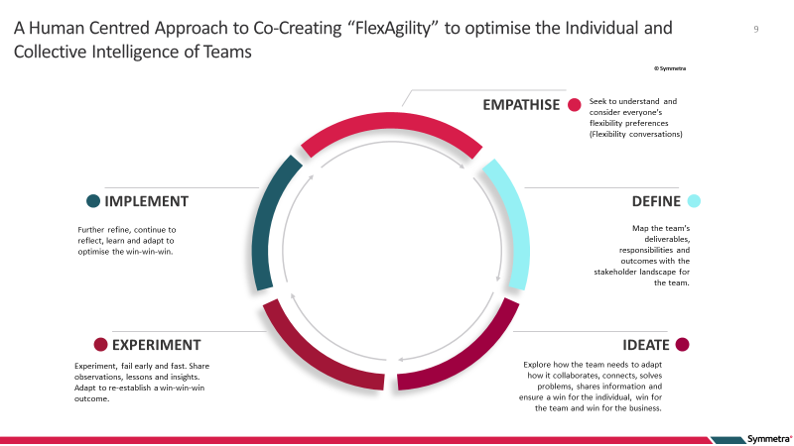Prospective dads and partners can now apply for paid time off work when their new baby is born. Eligible fathers are entitled to two weeks paid leave under the federal governments Dad and Partner Pay scheme, as of 1 January 2013.
The leave itself is not a new entitlement, but the payment is. Under the national employment standard, eligible fathers and partners were already entitled to three weeks’ unpaid leave. Eligible fathers will be paid at the national minimum wage – roughly $606 per week – for two of the three weeks.
The payment will also be available to adopting parents and parents in same-sex couples who share the role of caring for a child born or adopted from January 1, 2013. It is also means tested – fathers must earn less than $150,000 per annum in the previous financial year.
Families Minister Jenny Macklin, suggests that the new entitlement is a “’use it or lose it’ provision to encourage fathers and other partners to take some time off, and signals to employers that a father’s role in caring for a new baby is important.”
The Productivity Commission recommended providing paid leave for dads, arguing it would reduce the financial and emotional pressure on families and sends a strong signal that taking time out of the paid workforce to care for children was part of the usual course of life.
It also signals a shift in perception surrounding flexibility for men in the workplace.
Nevertheless, flexibility is most often thought of in terms a women’s role juggling her family and her career. Not as much reverence is given to male workers who want to take time off to support their child at a cricket match or take a sick child to the doctor.
The effect of inflexible workplaces on men has been largely overlooked, inspiring a new report, Men Get Flexible! Mainstreaming Flexible Work in Australian Business.
The report highlights that men are burdened by the prospect of balancing their work and family/personal obligations. They are reticent to ask for flexibility, fearing that it will negatively affect their career prospects.
While 79% of young fathers would prefer to choose their start and finish times, only 41% actually do. Similarly, 79% of young fathers prefer to work a compressed work week, but only 24% do.
The report also indicates that 18% of men have seriously considered leaving their jobs because of a lack of flexibility. This figure increased to 37% for young fathers.
This makes sense given that only a small number of male leaders have engaged in flexible work arrangements in a meaningful way, thus proving that success and flexible work can coexist.
Despite this, having the flexibility to manage their family/personal life was in the top five job characteristics for all men, while for younger fathers it was the third most highly valued job characteristic.
As we know, flexibility drives productivity. A recent Regus report suggests that flexible ways of working are becoming more the norm as businesses and employees enjoy the personal and commercial benefits these practices afford.
Business managers across the globe report that staff have a better work/life balance and are more energized and motivated as a result of flexible working. It has thus become a key talent retention tool.
The Regus report provides hard evidence that businesses globally are convinced that flexible work helps companies overcome barriers for growth. The majority, 72%, of global businesses report that increased productivity is a direct result of flexible working practices.
However, if male leaders persist in not engaging in flexible work options for themselves, the implication is unmistakable: Only employees who spend long hours in the office will thrive.
Nareen Young, chief executive of Diversity Council Australia, says more men (64%) are now part of dual-earner families, which means they are expected to be more involved in parenting. On top of parenting responsibilities, 31% of men have elder care commitments.
With regard to employers, Young says, “flexible working arrangements should be standard practice, rather than merely the domain of mothers with young children.”
Thus, organisations need to promote and encourage an organisational culture that is more supportive of flexible work for men, coupled with a durable approach beyond parental leave.
As males disproportionately claim leadership positions, it is essential that they are involved in guiding organisational change with regards to flexibility.














